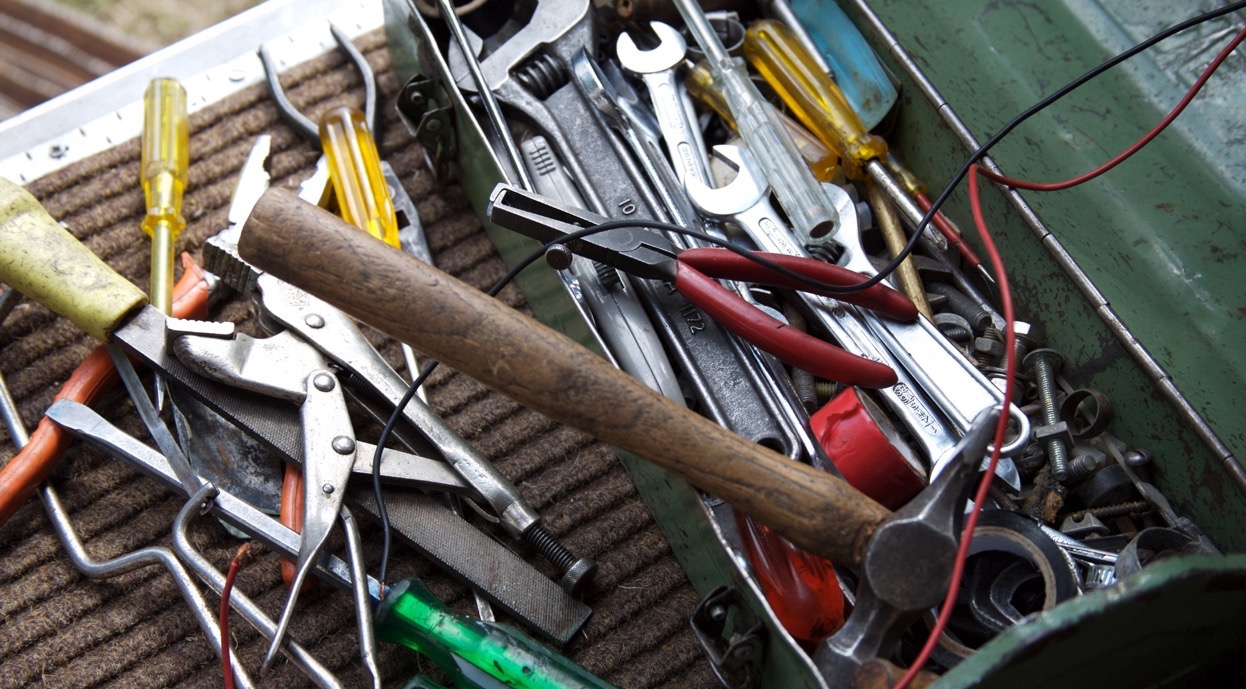

Articles
What Type Of Facility Makes Hand Tools
Modified: December 7, 2023
Discover the different types of facilities that produce hand tools. Learn more in this informative article.
(Many of the links in this article redirect to a specific reviewed product. Your purchase of these products through affiliate links helps to generate commission for Storables.com, at no extra cost. Learn more)
Introduction
In the modern world, factories play a crucial role in manufacturing various products that serve our everyday needs. From cars and electronics to household items, factories are responsible for producing a wide range of goods. One such type of factory specializes in the production of hand tools, which are essential for a variety of tasks and professions.
Hand tools are manually operated tools designed to assist with tasks such as cutting, gripping, fastening, and more. They are an integral part of many industries, including construction, woodworking, automotive repair, plumbing, and gardening. Hand tools come in various shapes, sizes, and designs, each serving a specific purpose.
When considering the type of facility that manufactures hand tools, it falls under the category of a production facility. A production facility is a dedicated space where raw materials are transformed into finished products. These facilities typically consist of manufacturing equipment, machinery, assembly lines, and skilled workers who specialize in the production process.
The facility responsible for manufacturing hand tools utilizes a combination of advanced machinery, cutting-edge technology, and skilled artisans to produce high-quality tools. The process involves various stages, including the selection of raw materials, precision cutting and shaping, heat treatment, assembly, and quality control measures.
The factory that produces hand tools operates as a specialized manufacturing facility. It focuses on meeting the demand for these tools by continually improving the production process, ensuring durability, functionality, and ergonomic design. The facility strives to deliver tools that are not only efficient but also safe and comfortable for users.
Hand tools are essential when it comes to performing manual tasks efficiently and accurately. The facility producing these tools stands as a testament to the importance of quality craftsmanship and attention to detail. Consequently, the manufacturers go to great lengths to ensure that every tool leaving the facility meets the highest standards of quality and performance.
Overall, the facility that manufactures hand tools is an example of a production facility within the broader manufacturing sector. It demonstrates the dedication and expertise required to produce tools that are not only reliable but also essential for a wide range of industries and professions.
Key Takeaways:
- The facility that manufactures hand tools exemplifies precision engineering, skilled craftsmanship, and continuous improvement to produce reliable tools for various industries, enhancing productivity and efficiency in manual tasks.
- Hand tools play a crucial role in industries such as construction, woodworking, automotive repair, plumbing, and gardening, and the facility’s commitment to quality craftsmanship and ergonomic design ensures the production of high-quality, reliable tools.
Read more: Who Makes Milwaukee Hand Tools?
Definition of a Factory
A factory is a physical facility or building where products are manufactured or assembled using machinery, equipment, and labor. It is a central hub of industrial production, housing the necessary resources and infrastructure for mass production. Factories can range in size and complexity, from small-scale operations to large manufacturing plants.
The primary purpose of a factory is to transform raw materials or components into finished products. This transformation process typically involves a series of steps, including material sourcing, production planning, manufacturing, quality control, and packaging. Factories are designed to streamline these processes, optimize efficiency, and ensure the production of high-quality goods.
Factories are typically equipped with a wide array of machinery and equipment specific to the industry and product being manufactured. These can include automated production lines, assembly stations, specialized tools, conveyor belts, and quality control systems. The machinery and equipment within a factory are carefully selected and configured to support the specific production needs and requirements.
In addition to machinery, a factory requires a skilled workforce to operate and manage the production processes. This includes supervisors, technicians, machine operators, engineers, and other support staff. The workforce plays a vital role in ensuring that production runs smoothly and efficiently, following established protocols and meeting quality standards.
Moreover, factories prioritize safety protocols to prevent accidents and ensure the well-being of workers. Safety equipment, training programs, and strict adherence to regulations are integral aspects of a factory’s operations.
From an economic perspective, factories are fundamental to the growth and development of industries and economies. They provide employment opportunities, generate revenue, and contribute to the overall production output of a region or country. Factories also foster innovation through research and development, leading to the creation of new products, processes, and technological advancements.
In summary, a factory is a purpose-built facility where raw materials are transformed into finished products using machinery, equipment, and labor. The factory plays a pivotal role in the manufacturing process, optimizing productivity, ensuring quality, and driving economic growth.
Definition of Hand Tools
Hand tools are manually operated tools designed to assist with various tasks and activities. They are essential instruments used in a wide range of industries and professions, providing functionality and precision for tasks that require manual manipulation.
Hand tools are distinct from power tools, which rely on external power sources such as electricity or batteries to operate. Instead, hand tools rely solely on the physical force exerted by the user. They are typically lightweight and portable, allowing for easy handling and maneuverability.
These tools come in a vast array of shapes, sizes, and designs, each serving a specific purpose based on the nature of the task at hand. Some common examples of hand tools include hammers, screwdrivers, wrenches, pliers, saws, chisels, and files.
Hammers, for instance, are used for driving nails, while screwdrivers are designed for turning screws and bolts. Wrenches are employed to tighten or loosen nuts and bolts, and pliers are excellent for gripping and holding objects securely. Saws are utilized for cutting through materials, and chisels and files help shape, smooth, or carve surfaces.
What sets hand tools apart is their simplicity and versatility. They are often designed with a specific task in mind, allowing users to apply direct control and precision to achieve desired results. The ergonomic design of hand tools ensures comfort during prolonged use, reducing fatigue and improving efficiency.
Hand tools are commonly used in sectors such as construction, woodworking, automotive repair, plumbing, electrical work, gardening, and many others. They are indispensable for professionals as well as DIY enthusiasts who rely on these tools to carry out tasks efficiently and effectively.
In summary, hand tools are manually operated tools that provide users with the ability to execute specific tasks through controlled and precise manual manipulation. Their versatility, simplicity, and ergonomic design make them valuable instruments across various industries and professions.
Types of Facilities
Facilities can be categorized into several types based on their purpose, function, and the industries they serve. Each type of facility has unique characteristics and features that cater to specific needs. Here are some common types of facilities:
- Manufacturing Facilities: These facilities focus on the production and assembly of goods. They are equipped with machinery, production lines, and skilled labor to transform raw materials into finished products. Manufacturing facilities are found in industries such as automotive, electronics, textile, food processing, and more.
- Warehousing Facilities: Warehousing facilities are designed for the storage and distribution of products. They typically have large storage areas, racks, and inventory management systems to handle the movement and organization of goods. Warehouses are crucial in logistics and supply chain management, ensuring efficient storage and timely distribution of products.
- Distribution Centers: Distribution centers are specialized facilities that handle the sorting, packaging, and distribution of goods. They serve as hubs for receiving products from manufacturers and redistributing them to retailers or directly to customers. Distribution centers often incorporate advanced automation systems to streamline operations and meet the demands of fast-paced supply chains.
- Office Facilities: Office facilities provide a dedicated space for administrative and managerial tasks. They include office buildings or spaces where employees carry out activities such as planning, communication, data analysis, and decision-making. Office facilities accommodate various departments, including finance, human resources, marketing, and executive management.
- Research and Development (R&D) Centers: R&D centers focus on innovation, product development, and scientific research. These facilities are equipped with specialized laboratories, testing equipment, and a team of researchers. R&D centers play a crucial role in industries like pharmaceuticals, technology, engineering, and automotive, driving advancements through groundbreaking discoveries and product improvements.
- Healthcare Facilities: Healthcare facilities include hospitals, clinics, nursing homes, and medical laboratories. These facilities provide medical services, diagnostics, and patient care. Healthcare facilities are designed to accommodate the needs of patients, medical professionals, and specialized equipment, ensuring the delivery of high-quality healthcare services.
- Educational Facilities: Educational facilities encompass schools, colleges, universities, and training centers. These facilities provide a conducive environment for learning, equipped with classrooms, laboratories, libraries, and recreational spaces. Educational facilities support the educational journey of students and facilitate the imparting of knowledge and skills.
Each type of facility serves a specific purpose and plays a vital role in various industries and sectors. By catering to the unique needs of their respective fields, these facilities contribute to the smooth functioning of businesses, the delivery of services, and the overall growth and development of societies.
A factory that makes hand tools is an example of a manufacturing facility. This type of facility is responsible for producing physical goods through various processes such as machining, assembly, and quality control.
Explanation of the Given Scenario: A Factory that Makes Hand Tools
In the given scenario, we are presented with a special type of factory that focuses its operations on the production of hand tools. This specific facility is dedicated to manufacturing a wide range of tools that are operated manually and serve various purposes in different industries.
The factory that produces hand tools is a specialized manufacturing facility that prioritizes the creation of high-quality and reliable tools. It encompasses a production setup specifically designed for the manufacturing process of these tools, involving the use of advanced machinery, skilled labor, and stringent quality control measures.
Within the facility, the production process starts with the selection of high-quality raw materials that are suitable for the specific hand tool being manufactured. The chosen raw materials undergo precision cutting, shaping, and forming techniques to create the base structure of the tool.
These initially shaped components are then subjected to heat treatment processes, where they are heated, cooled, or modified to enhance the material’s strength, durability, and performance. Heat treatment is crucial for achieving the desired hardness or flexibility for different types of hand tools.
Once the components are prepared and treated, they move into the assembly phase. Skilled artisans and technicians meticulously put the different parts together, ensuring the tool’s functionality, ergonomics, and overall design. This stage may involve the use of specialized tools, fasteners, and adhesives to securely join the various components.
Quality control plays a critical role throughout the production process. The factory employs a comprehensive quality assurance system to inspect and verify that each hand tool meets the highest standards of performance, accuracy, and safety. This includes rigorous testing, measuring, and inspection procedures to identify any defects or deviations from the specified specifications.
Moreover, the facility that produces hand tools continually invests in research and development to improve existing tool designs and develop new ones. This ensures that the tools manufactured are aligned with the latest industry trends, ergonomic considerations, and user demands. Innovation is key to staying competitive in the market and meeting the evolving needs of professionals who rely on these tools.
Overall, the factory that specializes in manufacturing hand tools exemplifies the essential role of precision engineering, skilled craftsmanship, and stringent quality control measures. By prioritizing the production of reliable and high-quality hand tools, this facility meets the demands of industries and professionals who rely on these instruments for various tasks and projects.
Read more: Who Makes Cat Hand Tools
Characteristics and Functions of the Facility
The facility that produces hand tools possesses several distinct characteristics that enable it to function effectively. These characteristics, combined with the facility’s operations and processes, contribute to the production of high-quality hand tools. Here are some key characteristics and functions of the facility:
- Specialized Manufacturing: The facility is designed and equipped specifically for the manufacturing of hand tools. It is tailored to accommodate the production processes, equipment, and skilled labor required to create a wide array of hand tools efficiently.
- Advanced Machinery and Technology: The facility utilizes cutting-edge machinery and technology to support the manufacturing process. Automated equipment and precision tools aid in the production and assembly of components, ensuring accuracy, consistency, and efficiency.
- Skilled Workforce: The facility employs a skilled workforce consisting of artisans, technicians, engineers, and quality control personnel. These individuals possess expertise in various aspects of hand tool production, ensuring the manufacturing process is carried out with precision and attention to detail.
- Durable Materials: The facility selects high-quality materials for the production of hand tools. These materials are chosen based on their strength, durability, and suitability for specific tool applications. By using durable materials, the facility ensures that the hand tools meet industry standards and withstand rigorous use.
- Precision Manufacturing Processes: The facility utilizes precision manufacturing processes to create accurate and reliable hand tools. These processes include precision cutting, shaping, heat treatment, and assembly techniques. The facility adheres to standardized procedures to maintain consistency in the production of each tool.
- Ergonomic Design: The facility places a strong emphasis on creating hand tools with ergonomic designs. Ergonomics considers the physical comfort and safety of users, ensuring that the tools are easy to handle, reduce strain on the body, and promote efficiency during use. Ergonomically designed tools enhance the user experience and prevent injuries.
- Quality Control Measures: The facility incorporates rigorous quality control measures throughout the manufacturing process. These measures include thorough inspections, tests, and checks to ensure that each hand tool meets the required standards for functionality, performance, and safety.
- Continuous Improvement: The facility actively engages in research and development efforts to enhance existing tool designs and develop new ones. This focus on continuous improvement allows the facility to stay abreast of industry advancements, meet customer demands, and deliver innovative hand tools with improved features and performance.
The functions of the facility revolve around producing hand tools that are reliable, durable, and meet the needs of professionals from various industries. It strives to provide tools that enhance productivity, accuracy, and efficiency in tasks ranging from construction and automotive repair to woodworking and gardening. The facility’s primary function is to manufacture hand tools that professionals and do-it-yourself enthusiasts can rely on to perform their work effectively and effortlessly.
In summary, the facility that manufactures hand tools excels in specialized manufacturing, utilizing advanced machinery, skilled labor, and precision manufacturing processes. It places an emphasis on material selection, ergonomic design, quality control, and continuous improvement to produce high-quality, reliable hand tools for a wide range of industries and professionals.
Examples of Other Types of Facilities
Aside from the facility that manufactures hand tools, there are numerous other types of facilities that exist to serve different purposes in various industries. Each type of facility is designed to fulfill specific functions and requirements. Here are some examples of different types of facilities:
- Food Processing Facilities: These facilities specialize in the processing and packaging of food products. They include factories equipped with machinery and equipment to handle tasks such as cleaning, sorting, cooking, and packaging food items. Food processing facilities are fundamental for the production of packaged and processed food products that meet safety and quality standards.
- Automotive Manufacturing Plants: Automotive manufacturing plants are large-scale facilities dedicated to the production of vehicles. They consist of assembly lines, robotic systems, and specialized machinery to manufacture and assemble different vehicle components. These facilities play a crucial role in the automotive industry, producing cars, trucks, motorcycles, and other modes of transportation.
- Power Generation Facilities: Power generation facilities encompass power plants that produce electricity. These can be coal-fired, natural gas, nuclear, or renewable energy facilities. Power generation facilities focus on converting various energy sources into electrical power through a series of processes. They play a critical role in meeting the energy demands of residential, commercial, and industrial sectors.
- Data Centers: Data centers are facilities that house a large number of computer servers and related equipment. These facilities serve as central hubs for storing, processing, and managing digital data. Data centers provide the necessary infrastructure for cloud computing, hosting websites, running complex applications, and managing vast amounts of information for businesses and organizations.
- Hospitals: Hospitals are specialized healthcare facilities that provide medical treatment, diagnostic services, and patient care. They consist of various departments, including emergency rooms, surgery theaters, laboratories, and patient wards. Hospitals are equipped with advanced medical equipment and staffed by healthcare professionals to offer a wide range of medical services to patients.
- Retail Stores: Retail stores are commercial facilities that sell products directly to consumers. They can include department stores, supermarkets, specialty shops, and boutiques. Retail stores provide a physical space for customers to browse, select, and purchase goods, making them essential for the distribution and sale of consumer products.
- Educational Institutions: Educational institutions encompass schools, colleges, and universities. These facilities provide dedicated spaces for learning, including classrooms, laboratories, libraries, and recreational areas. Educational institutions play a critical role in imparting knowledge and skills, nurturing intellectual development, and preparing individuals for their future careers.
These examples represent just a fraction of the diverse types of facilities that exist across various industries. Each facility type serves a specific purpose and plays an essential role in the functioning of the respective industry, whether it be manufacturing, healthcare, energy production, or retail. Together, these facilities contribute to the growth, development, and well-being of societies worldwide.
Conclusion
The facility that manufactures hand tools exemplifies the dedication to quality craftsmanship and precision manufacturing techniques. This specialized factory focuses on creating a wide range of hand tools that serve various industries and professions. By incorporating advanced machinery, skilled labor, ergonomic design, and stringent quality control measures, the facility produces high-quality hand tools that are reliable, durable, and efficient.
Hand tools play a crucial role in industries such as construction, woodworking, automotive repair, plumbing, and gardening. They enhance productivity, accuracy, and efficiency in manual tasks, enabling professionals to carry out their work effectively. The facility’s commitment to continuous improvement allows for the development of innovative hand tool designs that meet evolving industry trends and user demands.
Additionally, the facility’s characteristics and functions, such as specialized manufacturing, advanced technology, skilled workforce, and precision processes, contribute to the production of dependable hand tools. These tools not only meet industry standards but also prioritize user comfort and safety through ergonomic design, making them reliable instruments for professionals and do-it-yourself enthusiasts.
It is important to recognize the various types of facilities that exist beyond hand tool manufacturing. From food processing facilities and automotive manufacturing plants to power generation facilities and hospitals, each serves distinct purposes and contributes to different sectors of the economy. These facilities combine machinery, technology, skilled labor, and specialized expertise to meet specific industry requirements and deliver essential products and services.
In conclusion, the facility that manufactures hand tools showcases the importance of precision engineering, skilled craftsmanship, and continuous improvement in producing reliable tools for various industries. By leveraging advanced technology and a skilled workforce, this specialized facility plays a vital role in providing professionals with the highest quality hand tools to accomplish their tasks efficiently and effectively.
Frequently Asked Questions about What Type Of Facility Makes Hand Tools
Was this page helpful?
At Storables.com, we guarantee accurate and reliable information. Our content, validated by Expert Board Contributors, is crafted following stringent Editorial Policies. We're committed to providing you with well-researched, expert-backed insights for all your informational needs.
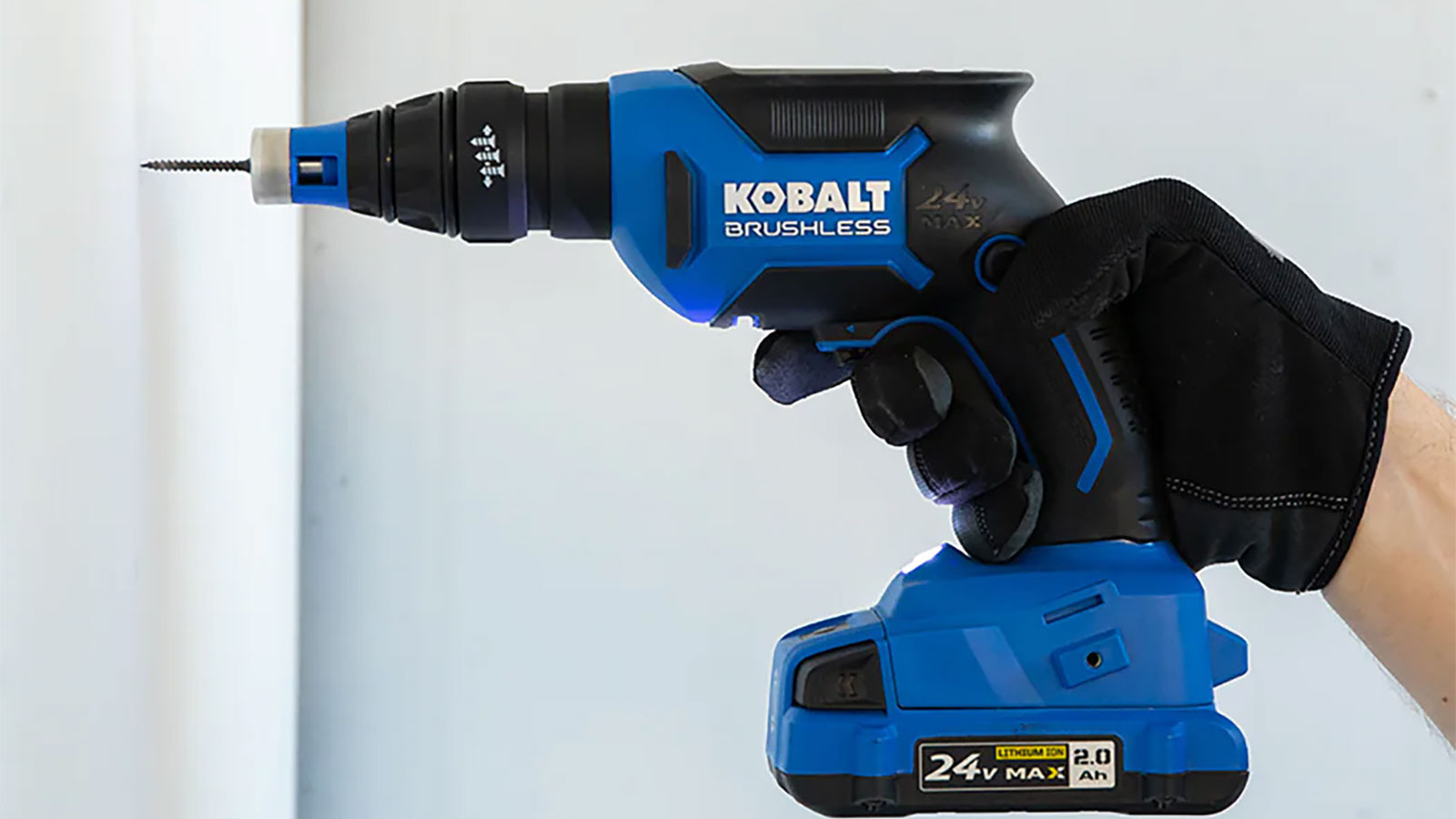
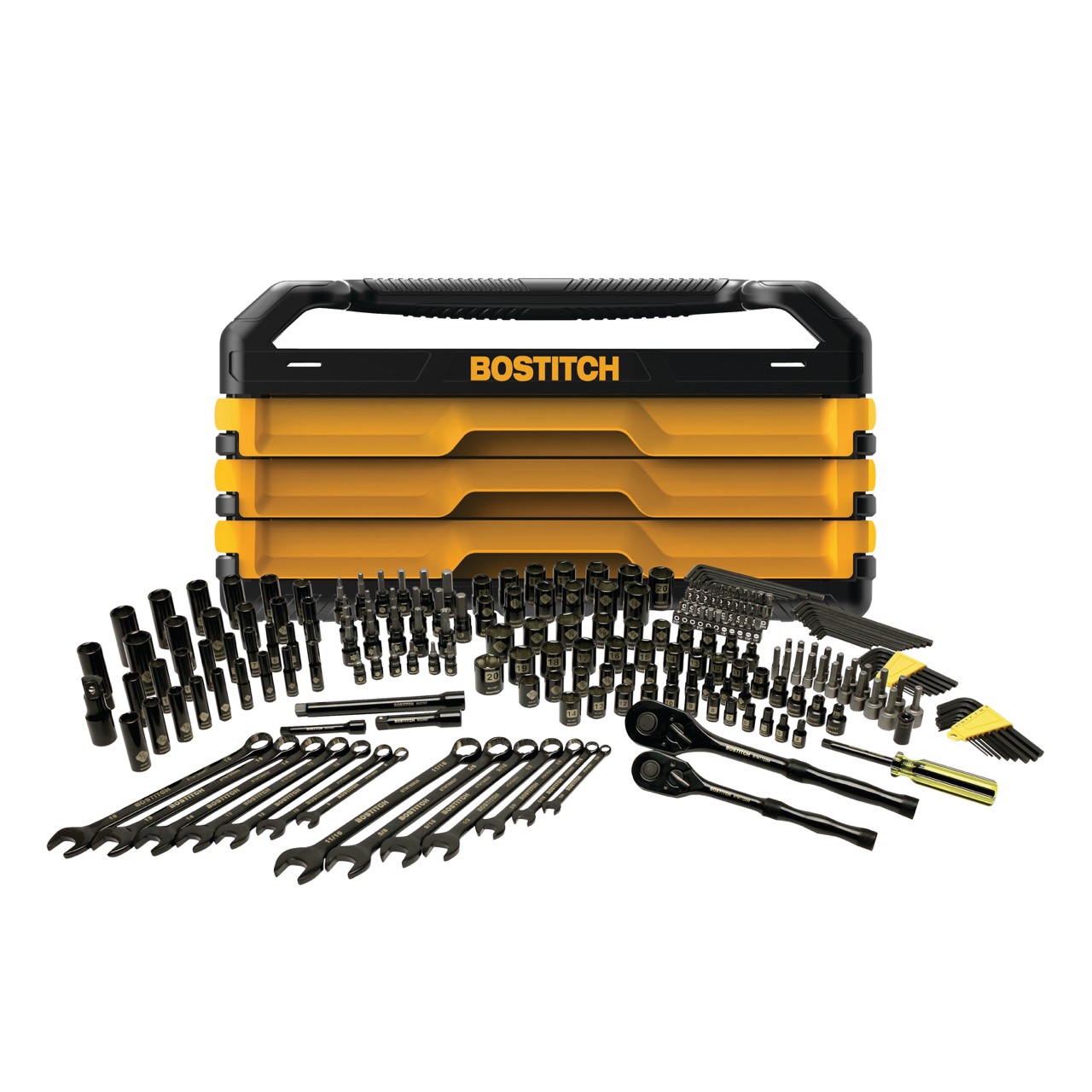
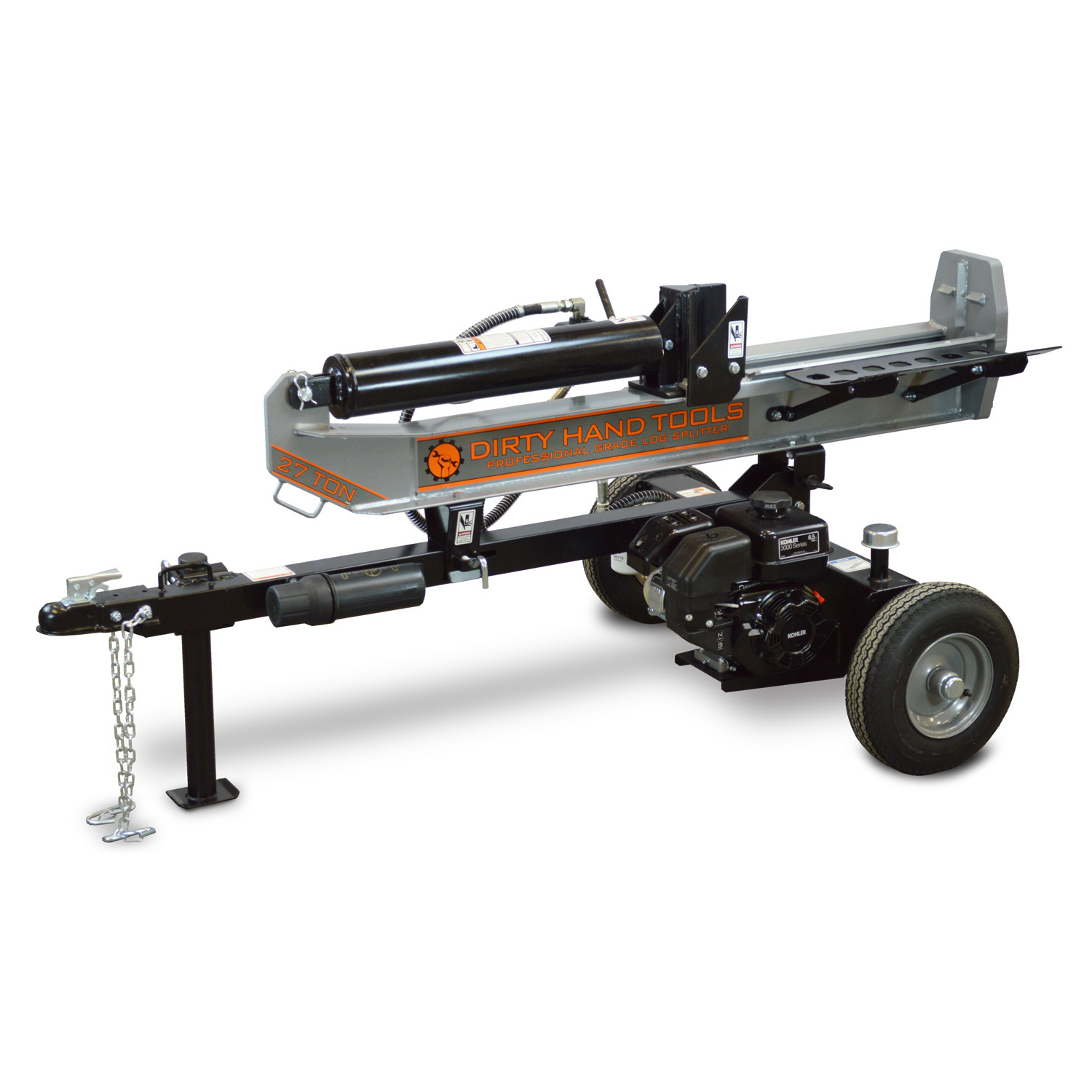
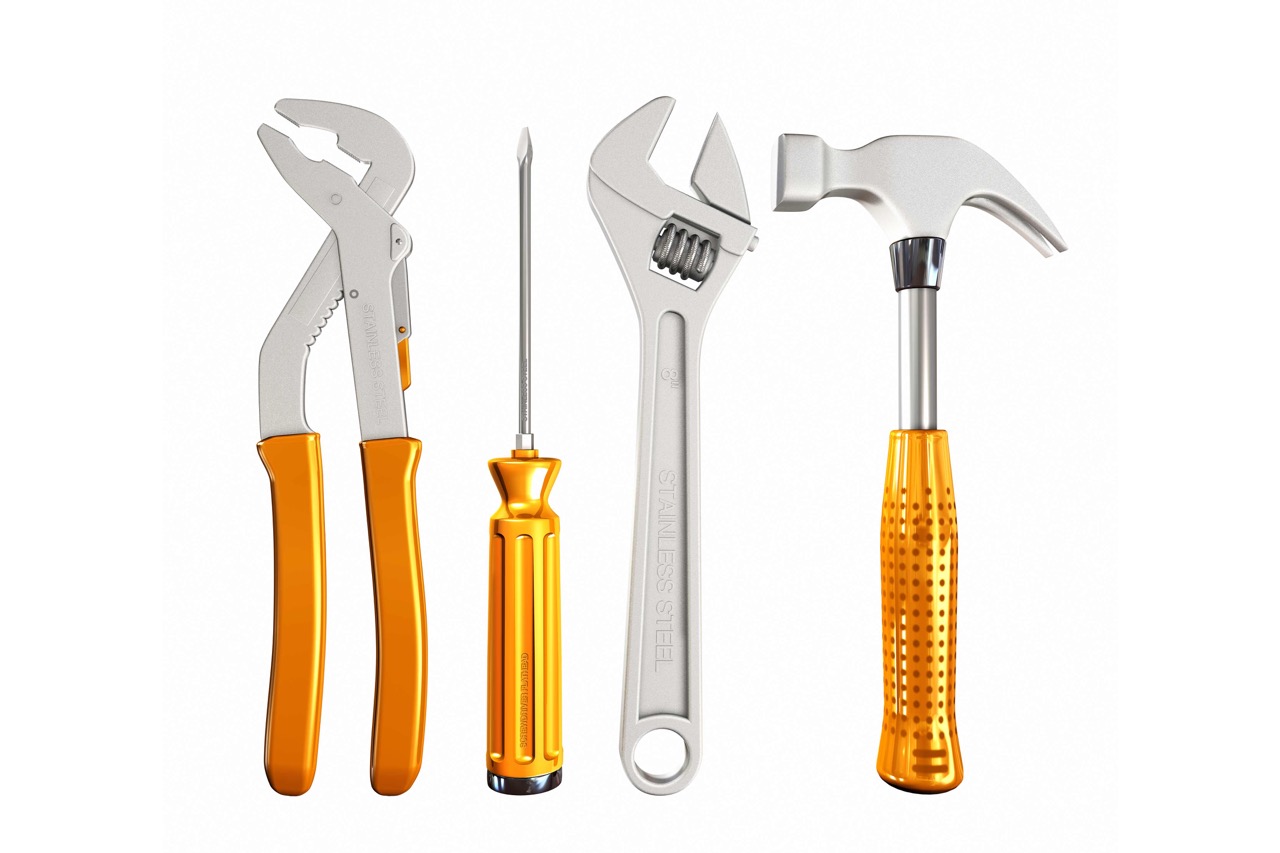

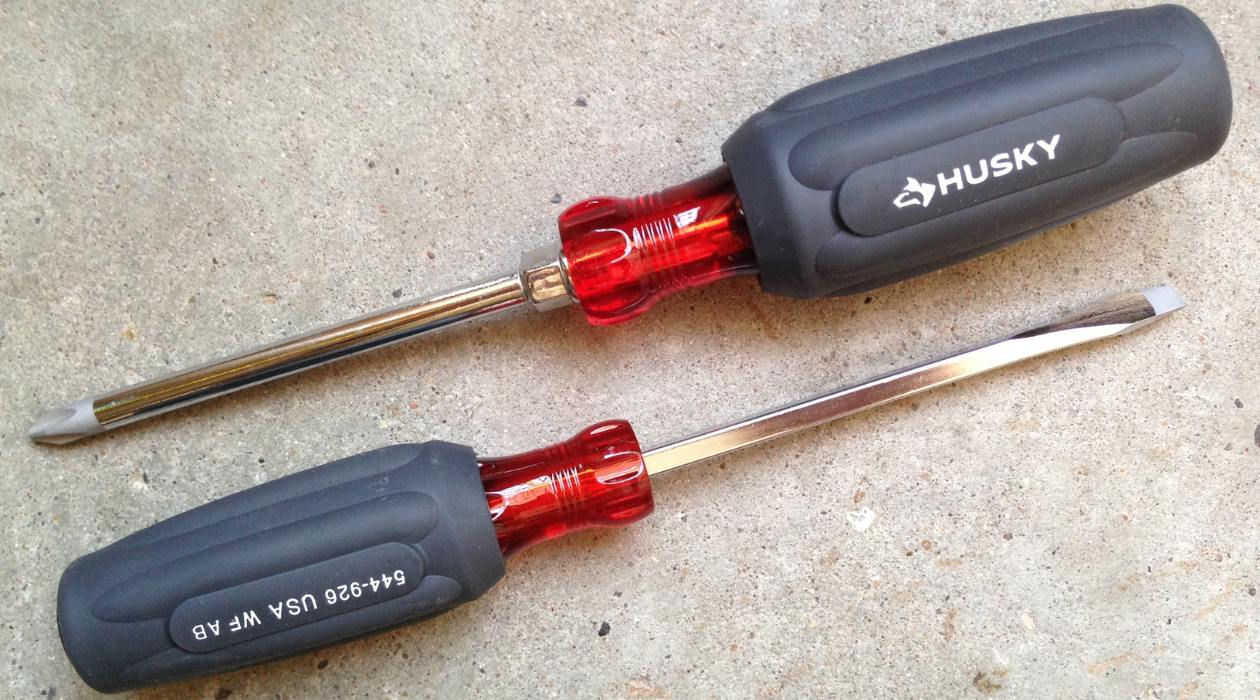
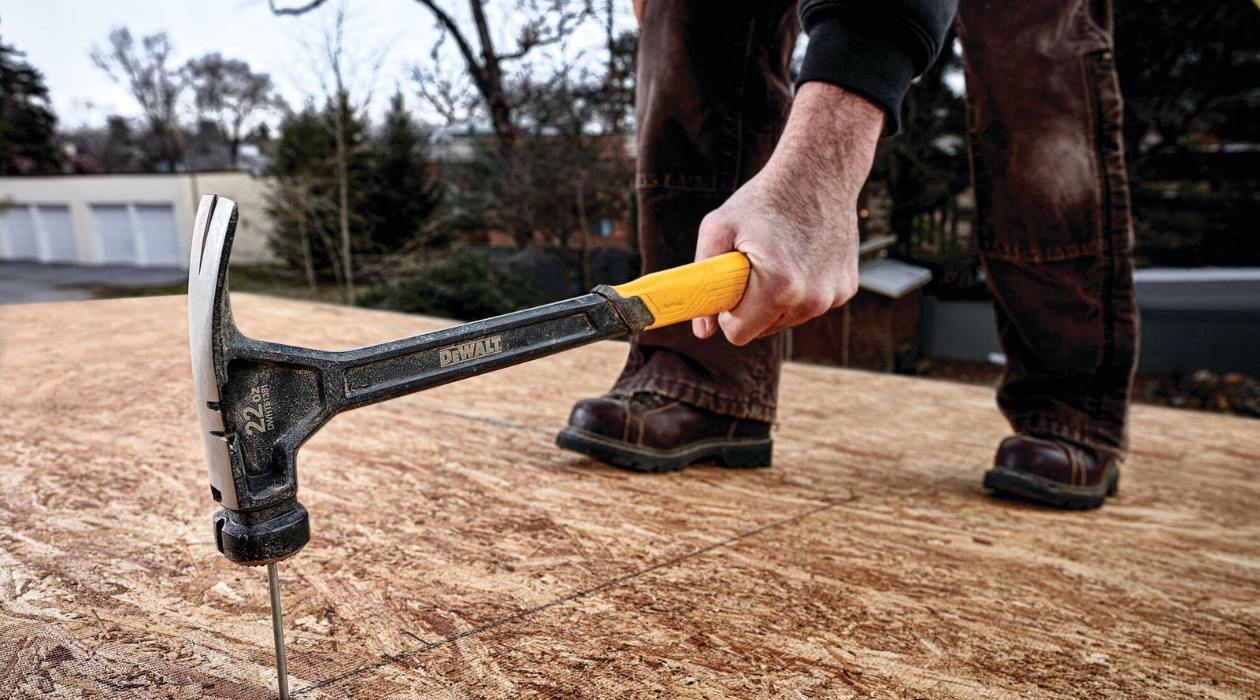
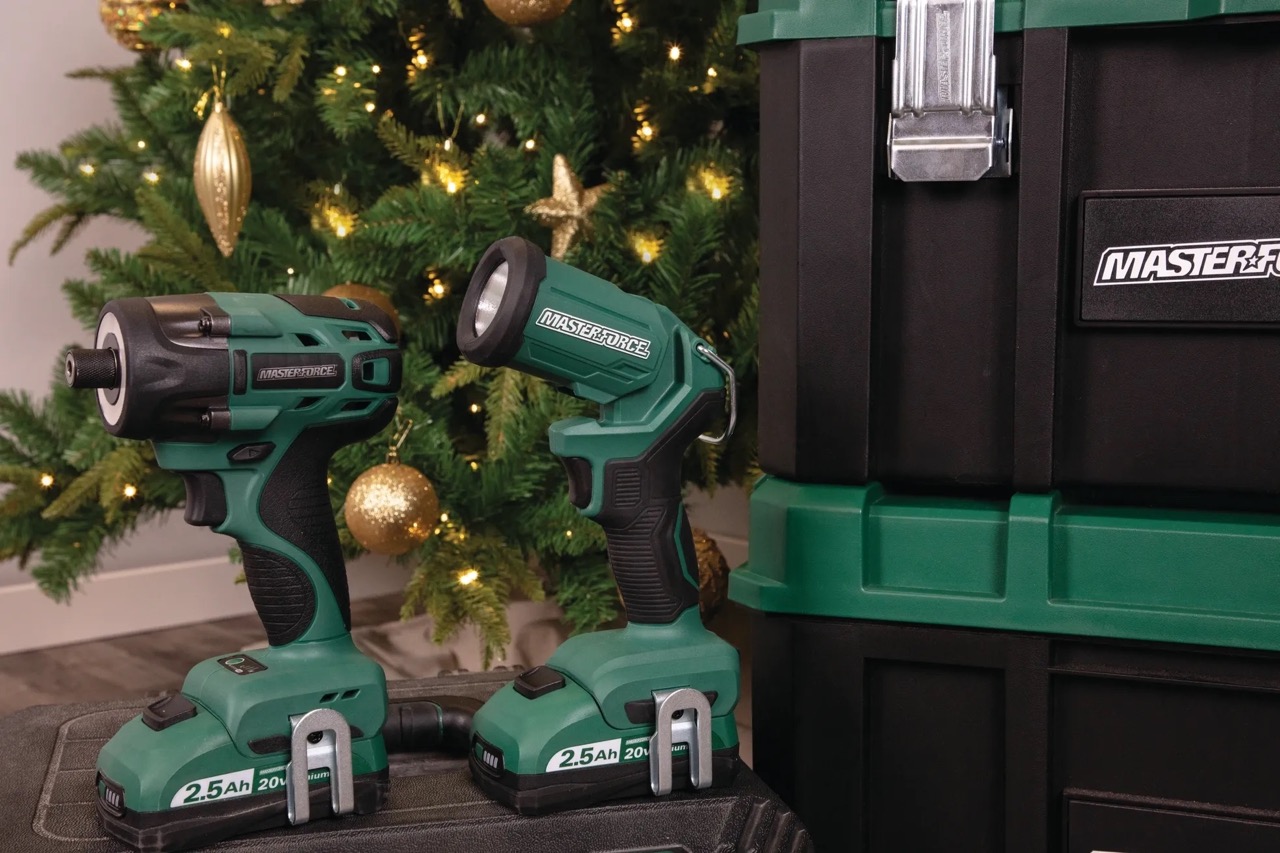
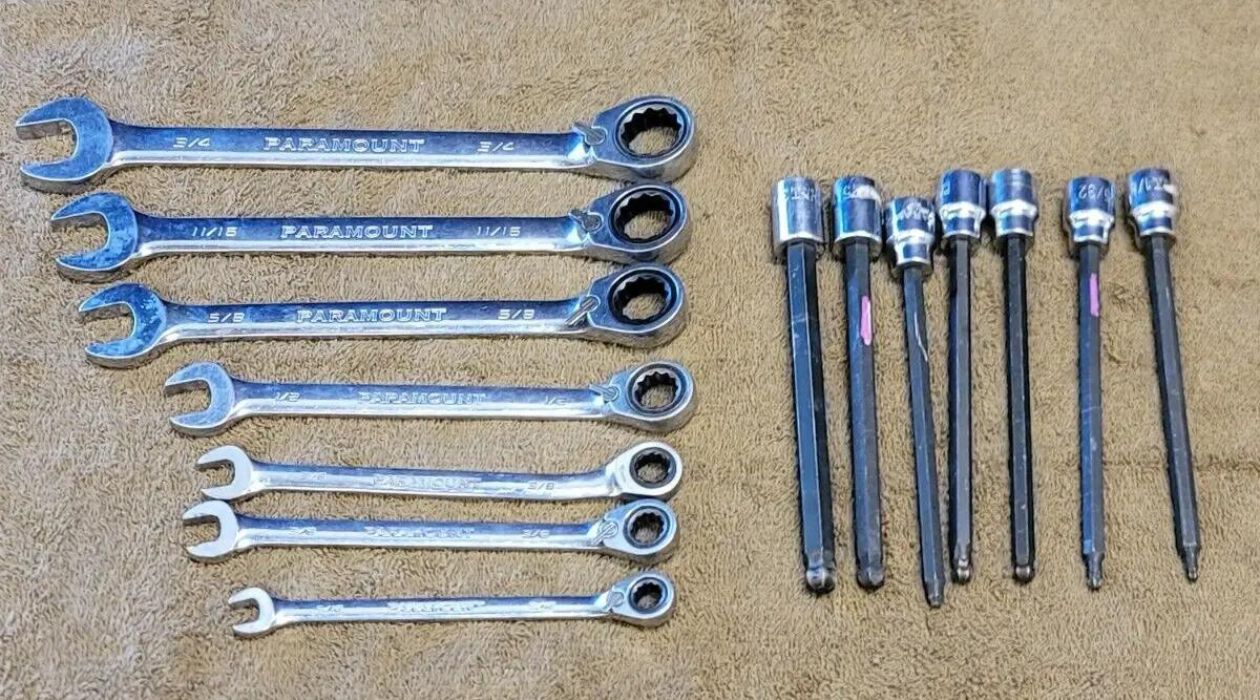
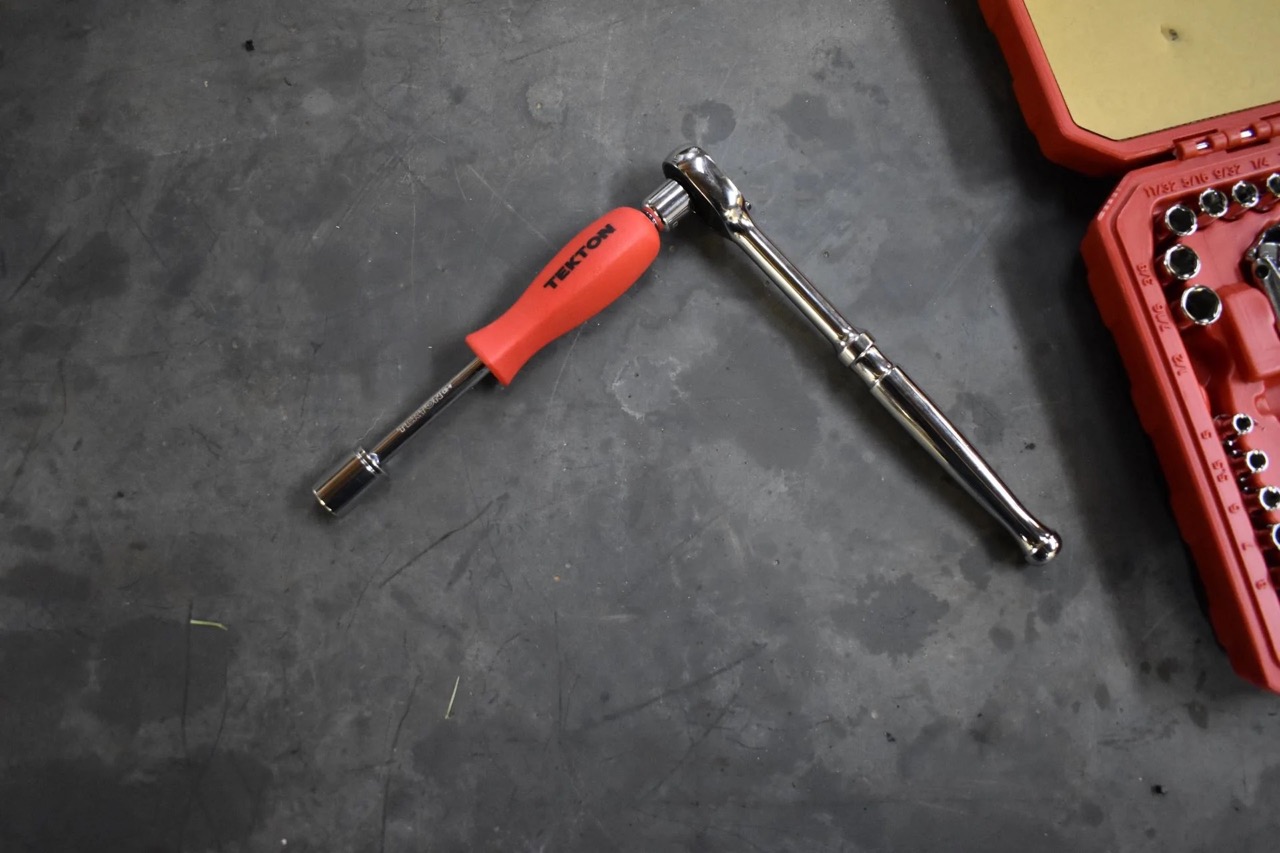
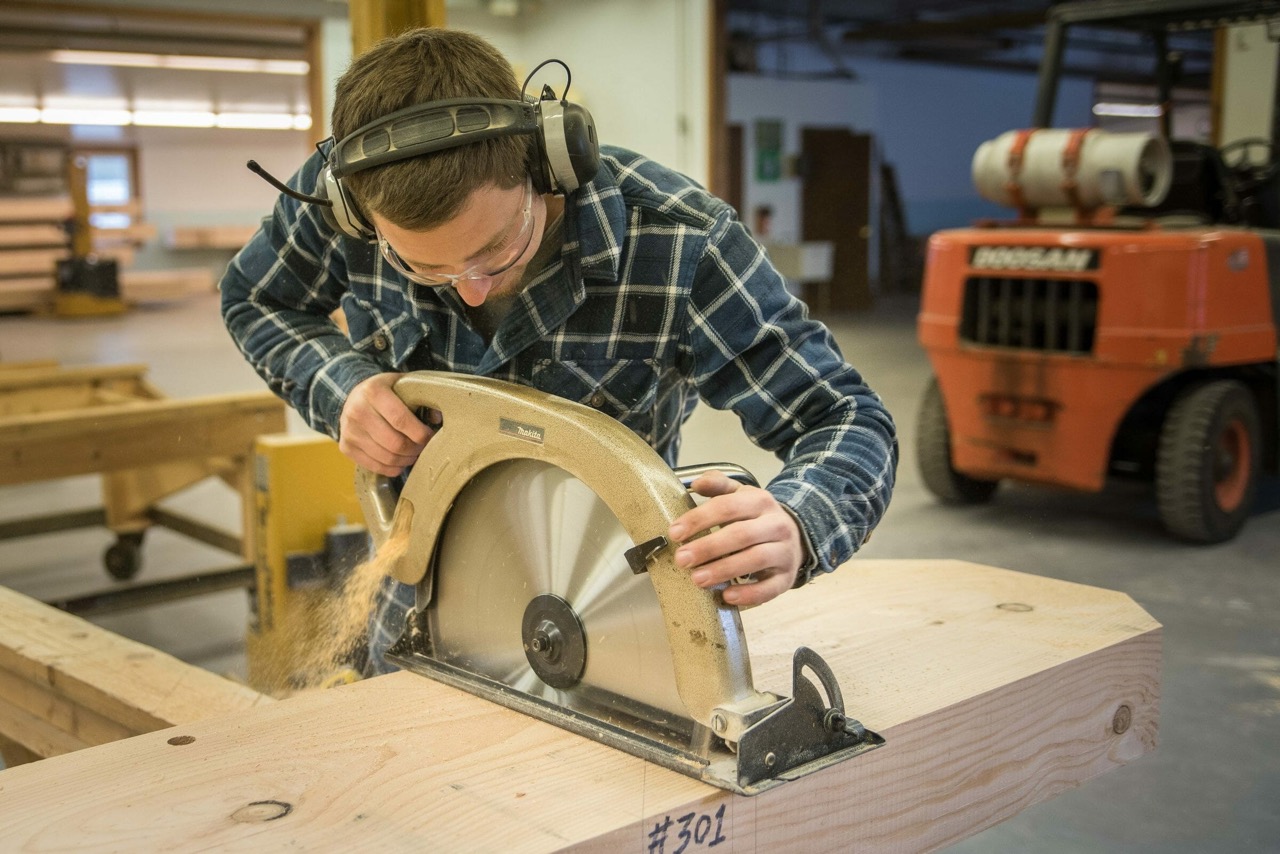
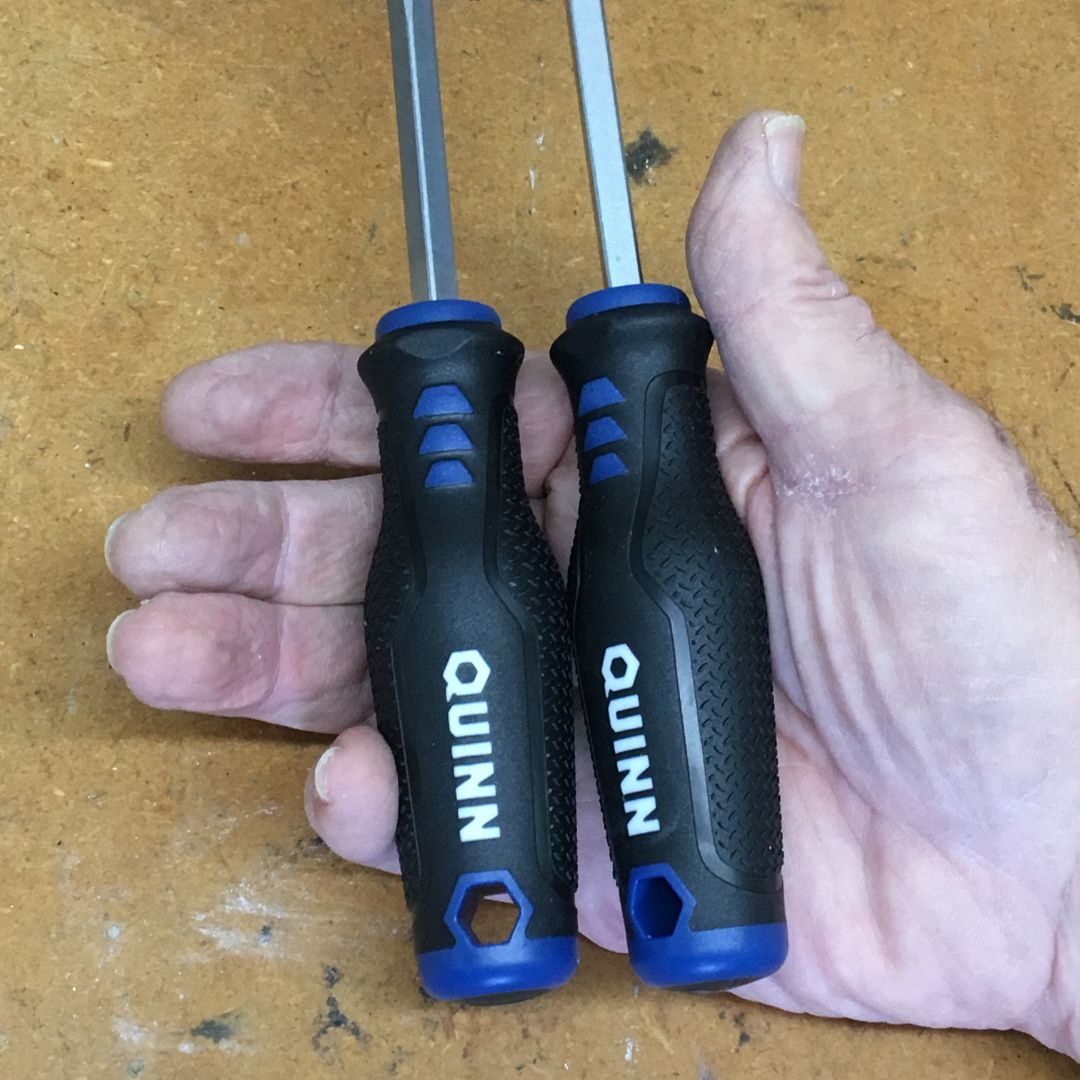

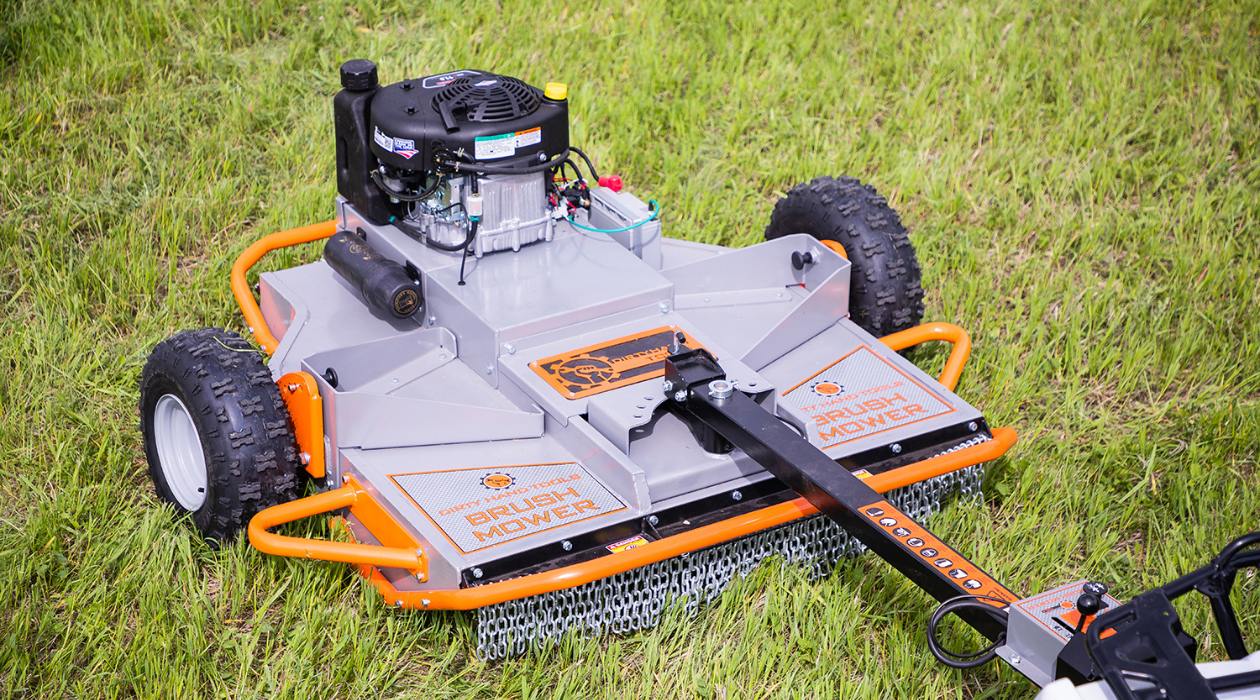

0 thoughts on “What Type Of Facility Makes Hand Tools”